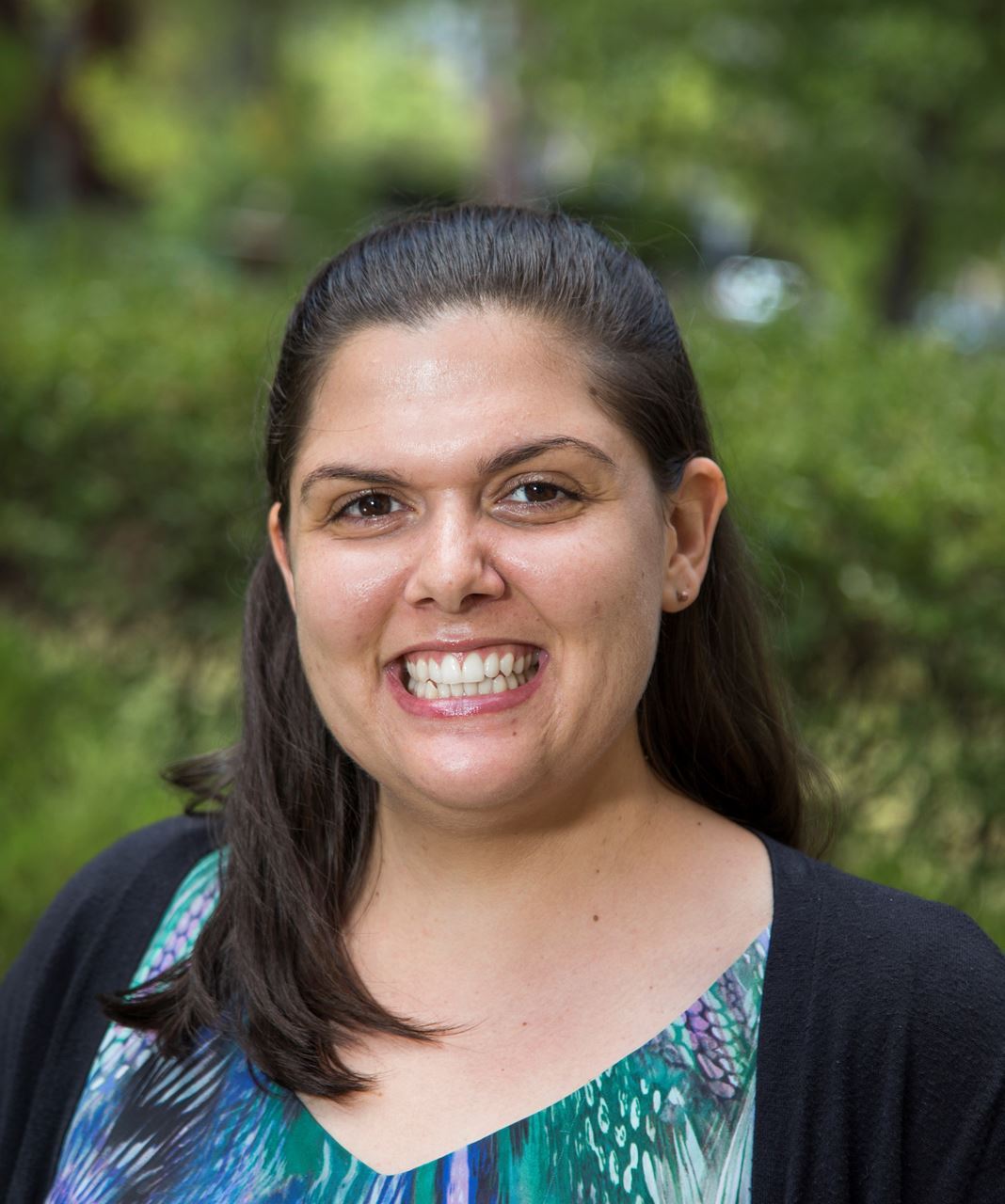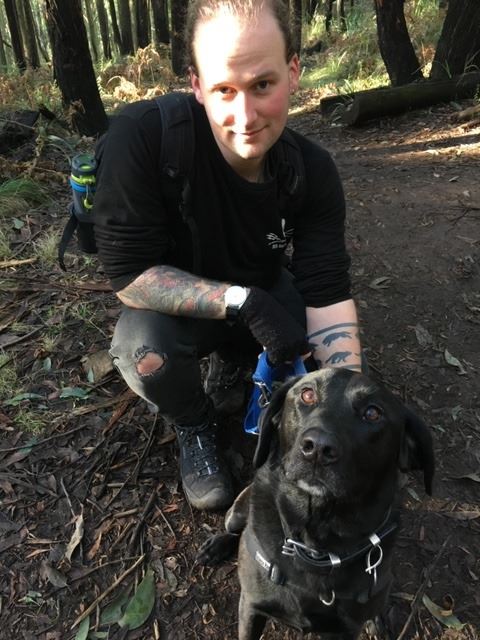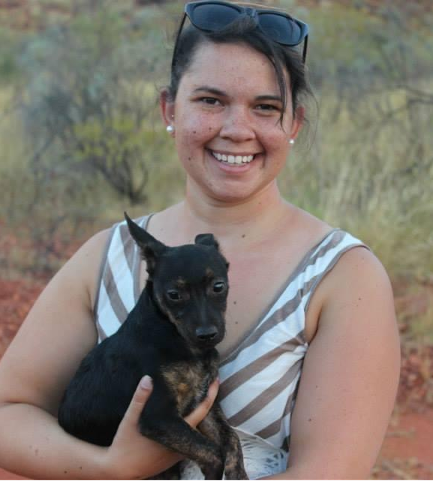The AIAM 2020 Webinar program is finishing the year with a (scientific) bang!
Join us to hear the latest from Australian researchers and their projects relating to the sector. We will be bringing FOUR researchers together to discuss THREE projects, just for AIAM Members!
Webinar presenters:


Dr Bonny Cumming and Dr Tamara Riley
Bonny is a veterinarian and Program Manager -Strategic Delivery for AMRRIC – a national not-for-profit organisation that coordinates veterinary and education programs in rural and remote Aboriginal and Torres Strait Islander communities. Bonny’s role with AMRRIC is diverse and includes establishing and managing strategic partnerships and projects, monitoring and evaluation, managing the development of the AMRRIC App, and policy and protocol development. Bonny has a keen interest in One Health principles; combining community development, veterinary services and environmental conservation to improve animal, human and ecosystem health.
Tamara is a PhD Candidate at the National Centre for Epidemiology and Population Health at the Australian National University (ANU). Tamara graduated as a Veterinarian through the University of Sydney and worked within the Australian Government Department of Agriculture and Water Resources where she completed a Diploma of Government. She has since completed the Masters of Philosophy in Applied Epidemiology at the ANU, and a Professional Certificate of Indigenous Research at the University of Melbourne. Tamara is undertaking a PhD focusing on One Health (the relationship between animal, human and environmental health) within Aboriginal and Torres Strait Islander communities.
Presentation: Capturing and evaluating data from One Health focused remote community animal health and management programs
Many remote Australian Aboriginal communities face barriers in accessing animal health care for their pets. Collecting data and evaluating animal health and management programs enables communities to demonstrate successes and can be used to assist in securing sustainable funding for such programs. This presentation, jointly delivered by AMRRIC Program Manager Strategic Delivery, Dr Bonny Cumming, and Veterinarian and PhD Candidate Dr Tamara Riley, will provide an overview of the types of data that can be captured to monitor animal health and management programs, and showcase the evaluation of a community-driven program that aimed to improve animal health and population management in a remote Aboriginal community.

Liam Deans-Pope
Over the past ten years, Liam has worked with domestic animals in a wide range of roles, including Animal Attendant, Animal Management Officer, Behaviour Trainer in a busy Victorian Shelter and Greyhound Behaviour Assessor. He has several industry-specific certifications, is a Certified Dog Behaviour Consultant (CDBC, CSB-D) with the IAABC and has completed a Bachelor of Animal and Veterinary Bioscience with Honours.
Liam owns and operates Dogsbody Animal Behaviour, a training and consulting business based in the Dandenong Ranges, specialising in helping owners with any and all ‘problem’ behaviours and has a particular fondness for working with fearful and anxious dogs. Further, his time working with retired racing greyhounds has given him a keen interest canine predatory behaviour.
Presentation: An investigation into the effects of exposure to other breeds of canine on the rate of dog-on-dog predation in retired racing greyhounds (canis familiaris) presented for pre-adoption assessment
The rehoming of racing greyhounds as pets through organisations such as the Greyhound Adoption Program (GAP) provides a much-needed pathway for these dogs once they reach retirement. However, not all of these retired athletes make the transition to home life well. One of the primary concerns when determining whether a greyhound is suitable to be placed up for adoption is its propensity towards intraspecies predation, or whether dogs of other breeds, most commonly smaller breeds, elicit predatory behaviour in the greyhound. Racing greyhounds often have little interaction with dogs of other breeds prior to retirement and it has been hypothesised that greyhounds who have been appropriately socialised before their career concludes will display less predatory behaviour towards smaller breeds when assessed in preparation for rehoming. A telephone survey of 47 greyhound adopters indicated that dogs which passed a GAP predation assessment were unlikely to exhibit intraspecies predation once successfully adopted. Further, the assessment of 205 greyhounds across three specific locations found that greyhounds who had experienced off-lead socialisation with dogs of other breeds typically displayed less predatory behaviour and more prosocial behaviour towards a small breed dog during their predation assessment. Dogs that only had experience with other breeds on-lead more frequently displayed prosocial behaviours during their initial assessment but did not have a statistically significant reduction in observed predatory behaviour. The findings of this study indicate that should owners and breeders of racing greyhounds undertake appropriate socialisation with other breeds as part of their rearing practices, it may lead to a greater number of ex-racing dogs being able to be rehomed and retired greyhounds will be less likely to pose a risk to other dogs within the community.

Brooke Kennedy
Brooke is a proud Gomeroi Yinarr (Kamilaroi woman) from Tamworth NSW. Brooke has a Bachelor of Zoology and completed an Honours year that introduced her to remote Aboriginal communities, their culture and their pets. Brooke is currently completing her PhD in Animal Science, not only looking at improving animal management in remote Aboriginal communities, but also at how research organisations such as Universities ‘deliver’ programs in these communities, both of which are passions of hers. With pet cats on the rise in remote Aboriginal communities, Brooke joined AMRRIC in October 2019 for a 5-month Internship to assist the AMRRIC team in researching best practice cat population management and how we could implement them across the NT to help improve the health and wellbeing of the communities and their pets.
Presentation: AMRRIC Internship: Best Practice Cat Population Managemen
Pet domestic cat (Felis catus) populations are increasing all around the world, resulting in an increase in contact with humans and wildlife, potentially spreading zoonotic diseases and predating on wildlife. With the recently identified rise in cat populations in remote Indigenous communities in Australia, culturally appropriate cat population management strategies are required. A systematic review process was conducted to review the current global cat population management practices that are suitable for owned, free-roaming cat populations in these communities. Eight articles on in-situ field cat populations and five studies simulating computer modelled cat populations reported results of 66 population management interventions.
This webinar is only available to members and is free.
